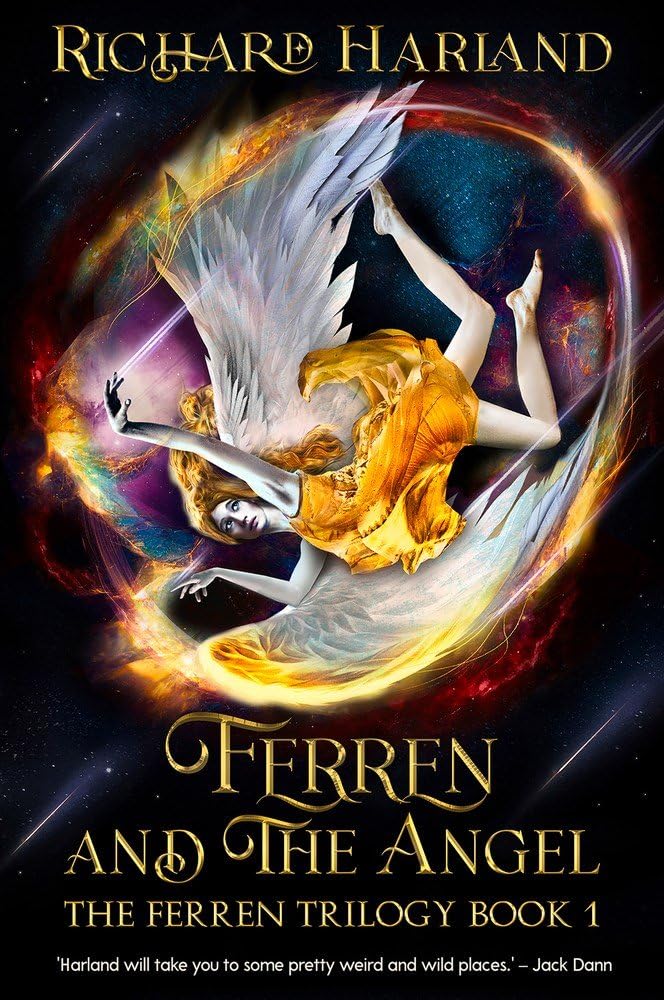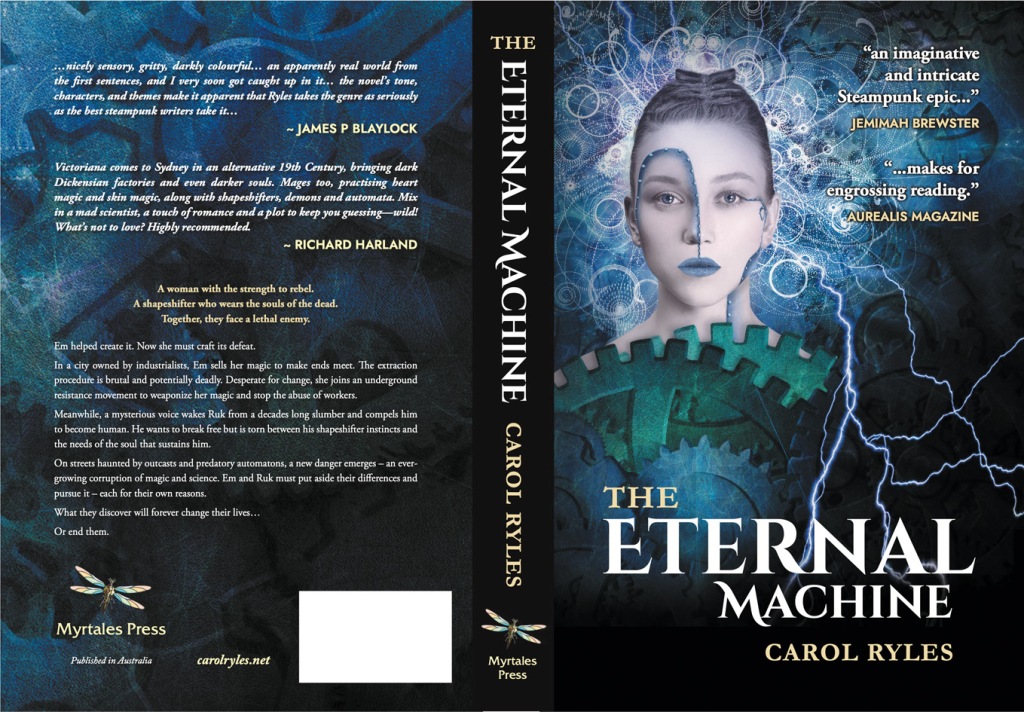This space opera continues from Traitor’s Run, with rebels from different planets joining forces to stop the invasion and destruction of not only the Kretz Homeworld, but also many worlds beyond.
Udon, is a humanoid crustacean-like alien, and also a survivor of the first assault on his Homeworld. Like many of his kind, he has been maimed to purposely strip him of the advantage of having telepathic abilities.
Rhees is a disgraced human pilot who soon learns that most of what she previously believed was a lie, and was consequently sentenced to a death she managed to escape.
Denev, who was once loyal to the Hegemony, suspects its leaders murdered his parents, and now understands Rhees is not a traitor, but is fighting for freedom from the evil forces that have corrupted the Hegemony’s original goal of protecting Earth from future invasions.
This novel’s strengths are in its character development. It was great to see Udon progress from a victim to a fighter. Rhees who often second guessed herself in Book 1, now refuses to be gaslit and is assertive and commanding. Denev’s role is relatively minor so far, but I suspect there will be a few surprises for him in Book 3. I enjoyed seeing good and bad in enemies and friends alike, which reinforces the understanding that peace can only be found when pre-conceived prejudices are questioned.
Readers who enjoyed Book 1 of this series will definitely enjoy Book 2. And the cover is awesome!




